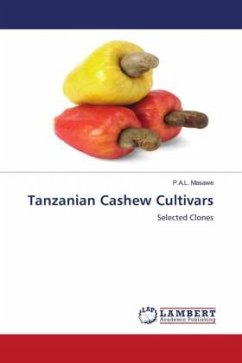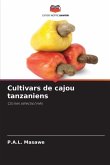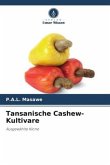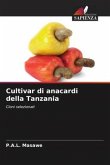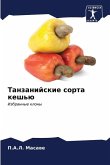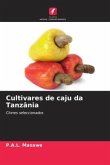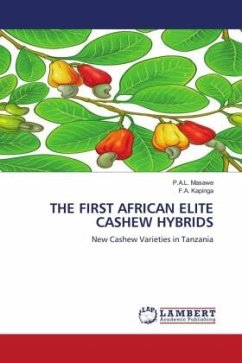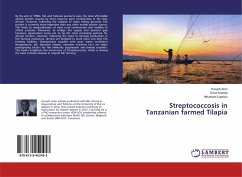This book provides briefs about cashew breeding in Tanzania and parameters used in the description of Tanzanian cashew clones. It provides morphological description which includes tree canopy, branching pattern, colour of the flushes, leaf shape, leaf apex shape, inflorescence compactness, flower colour, apple shape, apple colour, nut shape and detaching of the nuts from the apples. These parameters were recorded in accordance with "Cashew Descriptors" (International Board for Plant Genetic Resources - IBPGR Secretariat, Rome July 1986). The book further provides other clonal descriptions which include brix of the cashew apples, number of nuts per kilogram, mean nut weight, mean kernel weight, mean percentage kernels, kernel grade, reaction to diseases, agronomic data and production trend. It also gives highlights cashew production in Tanzania. It shortlists the major cashew diseases and insect-pests in Tanzania and their control measures. This book will be an important source ofreference for college and university students and lecturers, cashew researchers, cashew technicians, growers, extension workers and other stakeholders worldwide.
Bitte wählen Sie Ihr Anliegen aus.
Rechnungen
Retourenschein anfordern
Bestellstatus
Storno

